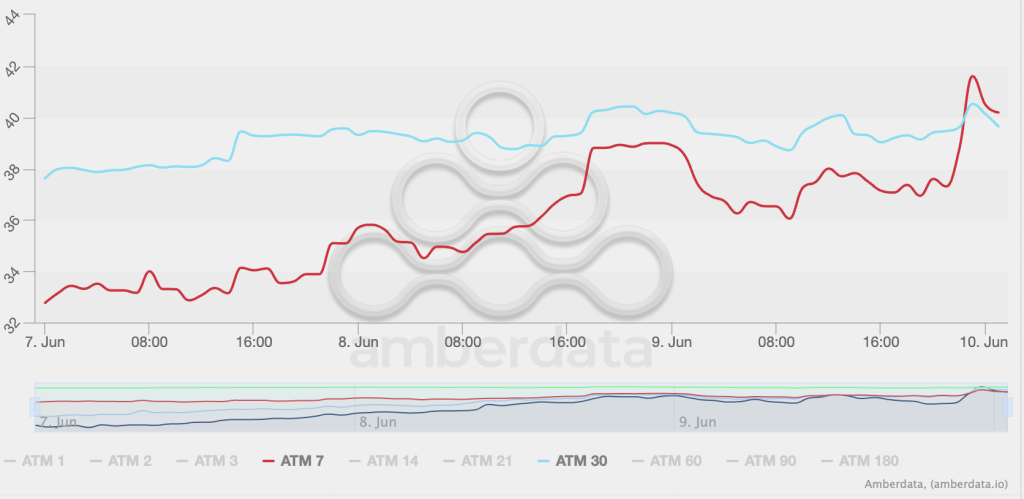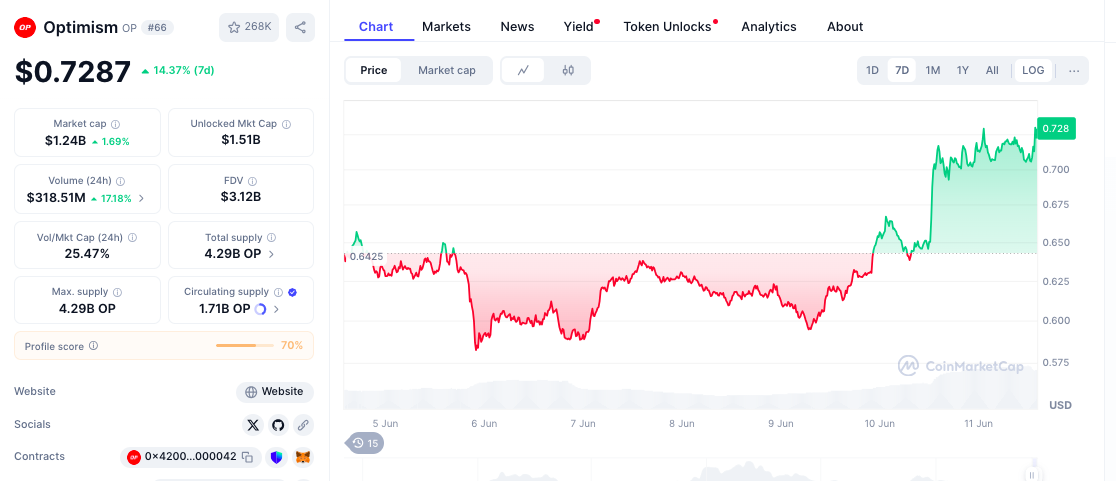Data Privacy & Security
AdobeStock_186885581
I recently sat down with Vince Cole, CEO of Ontellus, a records retrieval and claims intelligence company that empowers insurance carriers, self-insured corporations, and law firms to reduce costs, make informed decisions and accelerate claims resolution.
In a time when AI seems to be everywhere, technology is also disrupting industries behind the scenes that may not be as well known. We discuss how innovation is transforming information management and creating a more Google-like user experience.
Gary Drenik: There are many examples of tech disruption that are well known. But some of that innovation is taking place behind the scenes and bubbling up in industries that are less visible, yet no less important. At a high level, can you give us an overview of how tech is changing the way health care facilities, law firms and insurance companies store and exchange critical records? How did record storage look 20 years ago and how does it look today?
Vince Cole: Despite technological advances that have changed almost every aspect of how businesses operate, in many industries the process of storing and sharing mission-critical records remains stuck in the dark ages.
Take healthcare, for example. While most healthcare organizations today use digital tools to house and share records, 92% still rely at least to some degree on paper and snail mail, meaning they use filing cabinets, fax machines and the postal service. Even those that primarily lean on digital software have a patchwork of different solutions that are not interoperable. The result is lower productivity, avoidable errors, and a lack of security.
But healthcare is not alone. Much of the same can be said about the legal and insurance industries. This can make the lives of plaintiff attorneys and claims professionals much more difficult. In fact, according to the Claims and Litigation Management Alliance, claims professionals spend 12% of the day – roughly 6 weeks every year – on records retrieval. Making matters worse, imagine waiting weeks for a case file only to receive a pile of paper that is disorganized and nearly impossible to make sense of.
Fortunately, there is a great deal of innovation taking place that is finally bringing these antiquated processes into the 21st century. The traditional concept of records retrieval – the simple exchange of information from one hand to another – is being redefined to meet the evolving needs of requesters and providers. It goes beyond the mere delivery of documents to include organizing and decoding those dense documents.
Put differently, for those of us who are pushing the industry forward, the future is about providing actionable insights and intelligence. And that future is, in many cases, already here.
Drenik: Diving a little bit deeper, takes us inside the technology itself – it almost sounds like Google for records. Is there more in it than just the delivery of the documents – such as ‘smart,’ automated insights about what’s included in those documents?
Cole: That is exactly right. Tech-enabled records retrieval is not just about moving documents from point A to point B. One of the biggest pain points for clients is sorting through an enormous amount of information to find the hidden gems that matter most – the numbers or sections of text that could be a determining factor in an insurance claim or a lawsuit, for instance.
We have developed technology that overcomes this challenge through automation. When our clients open a file, there are capabilities within the platform to have their records indexed for them, including cover pages, a table of contents and bates stamps. There is also an executive summary that distills the most important points from the file into one easy-to-read overview. Furthermore, a smart-search function that is built into the interface makes navigating the file seamless.
The primary objective of the platform is to offer clients high-quality, actionable data and insights through information management. Prior to adopting our technology, users reported having to manually sift through five to seven records per case, which could take up to 30 hours to organize chronologically, and another six hours to search for keywords. The “smart search” is a Google-like process that finds the right information quickly, automates workflows and enables clients to find actionable insights more quickly.
Drenik: Can you give us an example of how tech-enabled records retrieval works in the wild – a specific, step-by-step instance of how it all plays out?
Cole: Let me provide a specific example of our platform at work. This comes from the healthcare industry, but the cost and productivity savings are representative of what we deliver to our clients across industries.
ChartSwap, an Ontellus company, is a leader in the medical records retrieval industry that specializes in providing unparalleled information access between medical requestors and providers.
A ChartSwap client, in this case a healthcare billing and coding specialist – was using conventional, manual processes of responding to record requests via fax, email, and postal service. They faced several challenges such as duplicated invoices, complaints about delayed or missing documents, and a high cost-margin.
The switch to ChartSwap brought about a significant reduction in turnaround time for request fulfillment, notable cost savings, and up to a 50% improvement in employee productivity. The executives found that ChartSwap enabled them to respond promptly and adhere to state-mandated guidelines effectively and efficiently.
ChartSwap facilitated the company’s transition to electronic payments, with approximately 90% of requestors beginning to pay online. The use of technology helped modernize the record request fulfillment process securely, replacing outdated manual procedures. As a result, the company was able to focus on scaling their services.
Drenik: I’m sure you are managing a lot of sensitive information and there’s no doubt that data security is critical. How are you seeing the security landscape evolve as threats become more sophisticated?
Cole: Airtight data security is table-stakes.
A recent IBM study reported that for the 12th year in a row, the United States holds the title for highest cost of data breaches at $9.44 million – so for 83% of companies, it’s not if a data breach will happen, but when. Additionally, over 63% of adults are somewhat to very concerned about sharing their information online, according to a recent Prosper Insights & Analytics survey.
Prosper – Concern About Privacy When Shopping Online
Prosper Insights & Analytics
As data security threats become increasingly sophisticated, staying ahead of these threats is paramount. Our in-house legal team ensures our technology adheres to all rules of evidence and data privacy by having extensive knowledge of local, state, and federal laws. Our IT team is rigorously verifying that our platforms are aligned with the highest levels of security standards across jurisdictions by obtaining SOC II Certification, adhering to HIPAA and HITECH Act Compliance, and carrying out internal security practices and reviews.
Being responsible for managing sensitive information means being accountable for a client’s reputation, profitability, and peace of mind. We take this responsibility very seriously by regularly auditing physical access controls, employee workstations, and conducting internal and external penetration testing.
When it comes to health information management, going the extra mile is crucial, and we hold ourselves and our technology to the highest standards to ensure maximum security and protection of sensitive information.
Drenik: With innovations in AI, where does human expertise play a role in quickly advancing technologies? More broadly, how does the crossover between technology and the workforce relate to your industry?
Cole: We believe that, as a general rule, advanced technology must be paired with human expertise to unlock its full potential.
Part of the reason is that many businesses still prefer to interact with a person when they need to solve a problem. A recent Prosper Insights & Analytics survey, reported that 86% of adults prefer to talk with a live person on Health Care Matters when given the option between a human or an AI chat program. We have found that when people are overseeing the implementation and use of our technologies, clients rely on a high level of communication, reporting and engagement.
Prosper – Preferred Communication Method For Health Care Matters
Prosper Insights & Analytics
Data security is also vital to firms and people alike. The same Prosper Insights & Analytics survey found that nearly 60% of adults have not even heard of ChatGPT, and only 6.6% have already begun using it. Ultimately, generative AI is still very new. Expertise and testing are needed to evaluate generative AI’s capabilities and advise on how to employ it safely and securely, but we are excited by the prospects of technology to continue innovating in the sectors we serve.
Prosper – Have You Heard of ChatGPT
Prosper Insights & Analytics
In the industries we serve, the intersection between technology and the workforce is particularly significant. As companies increasingly adopt digital technologies to manage their data and workflows, it is essential for workers to have the necessary technical skills to operate these systems – managed with critical thinking, communication, and problem-solving. Ultimately, the successful integration of technology and the workforce depends on a balance between human expertise and machine intelligence.
Drenik: Thank you, Vince, for diving into the world of how technology is redefining the way requesters and providers exchange critical information.
Credit: Source link










